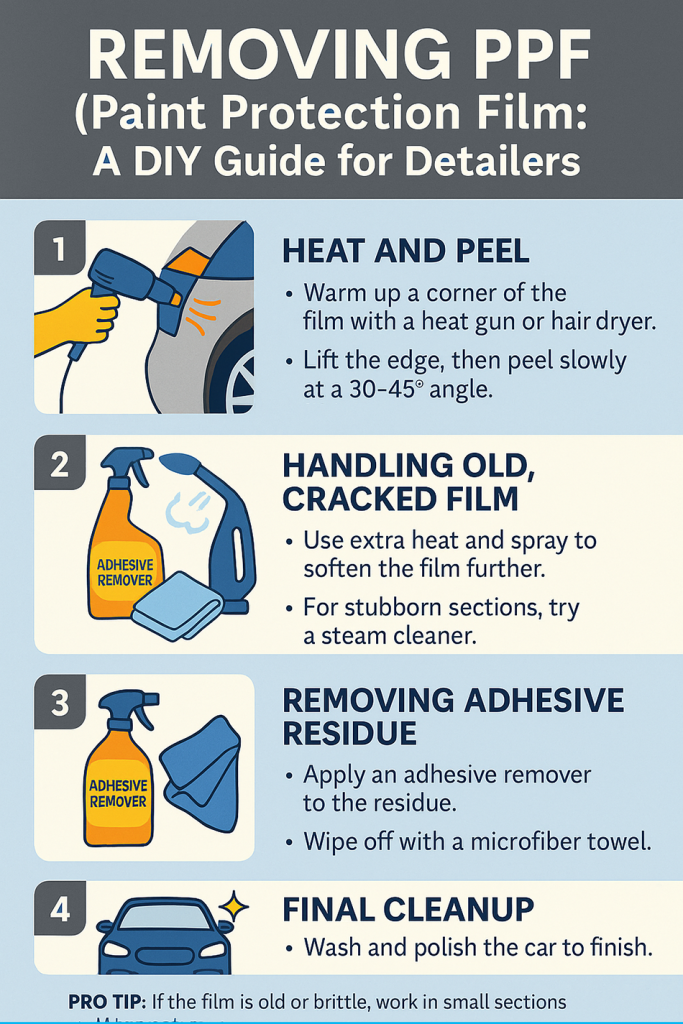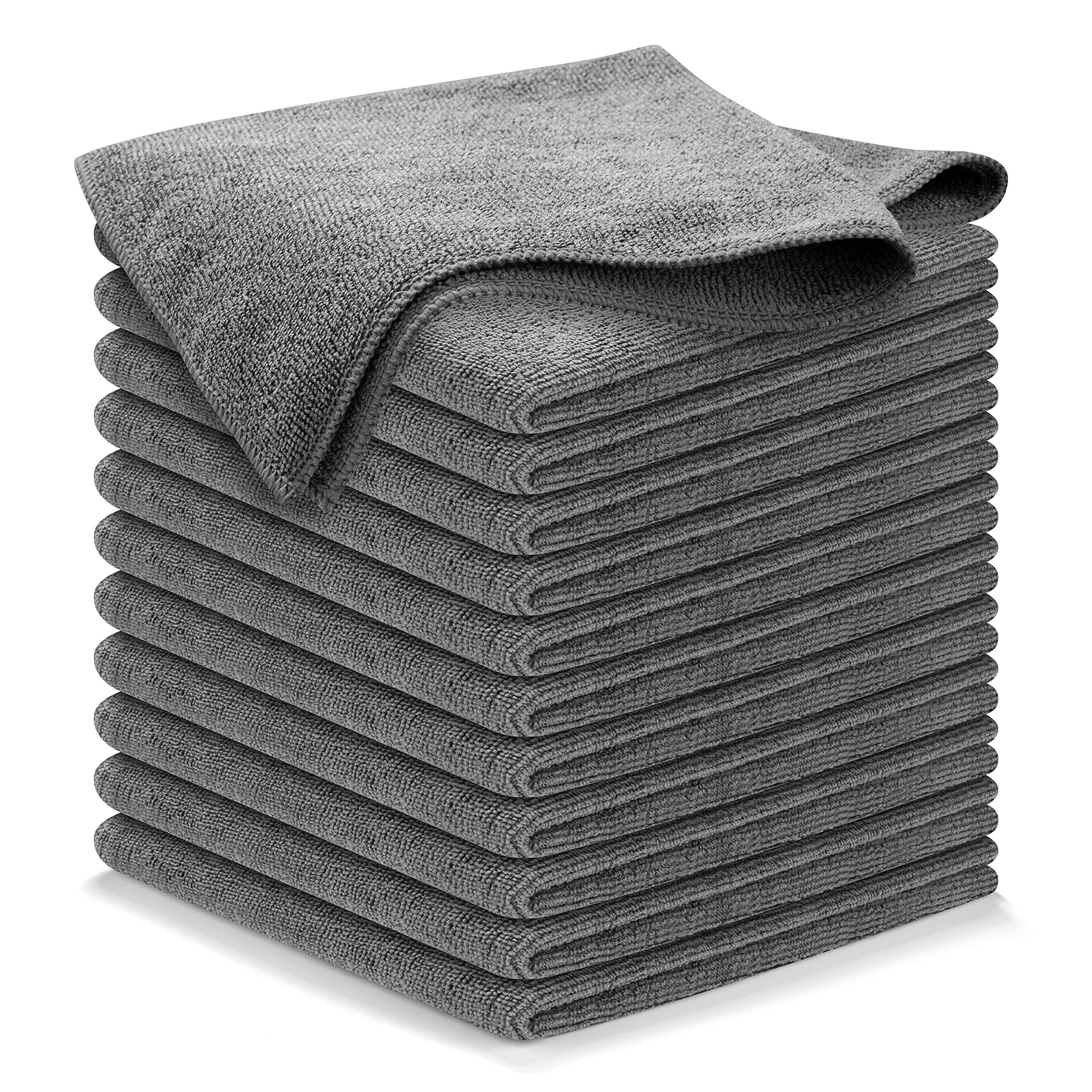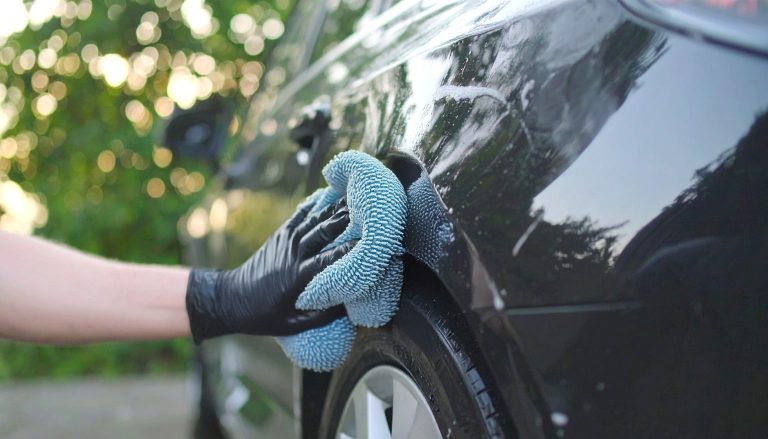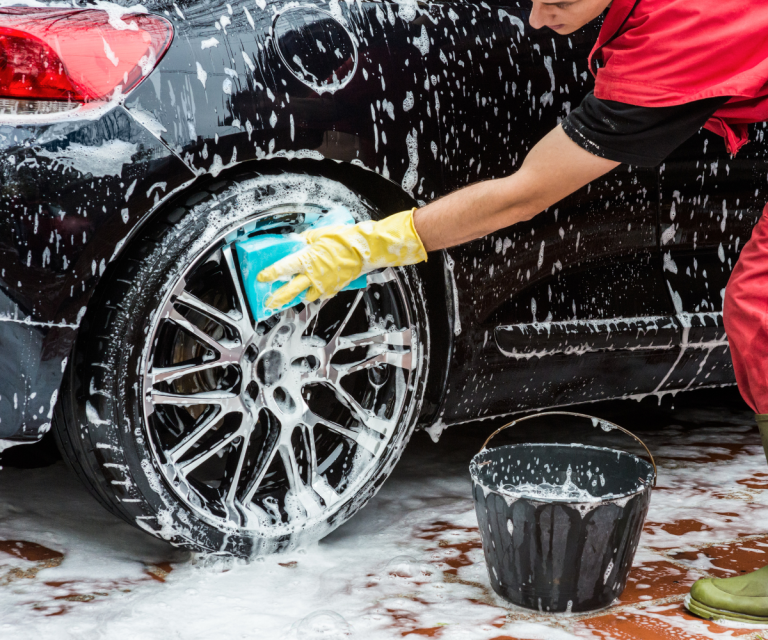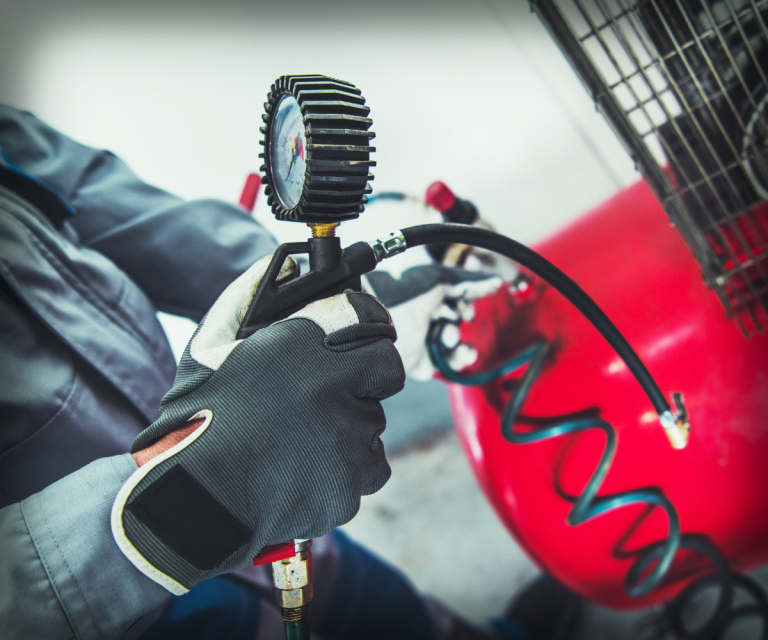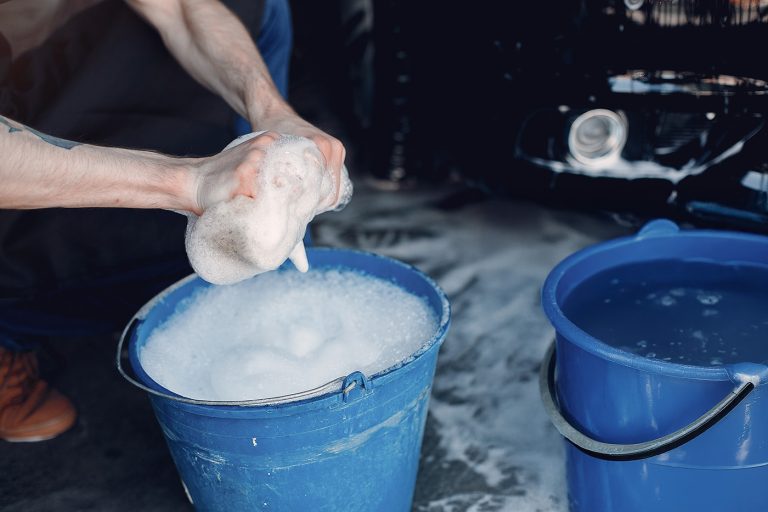How to Remove PPF: A DIY Guide for Detailers
Paint Protection Film (PPF) is an amazing product for protecting your car’s finish, but nothing lasts forever. Over time, film can yellow, crack, or peel, especially if it wasn’t professionally installed or has lived through years of harsh sunlight and road debris. At that point, removal becomes necessary—but if you’ve tried pulling old film off, you know it’s not always smooth sailing.
This guide breaks down the best methods DIY detailers can use to remove PPF, including how to handle cracked, brittle film and the sticky adhesive residue it leaves behind.
Why Remove Old PPF?
- Aged Appearance: Yellowing or hazy film takes away from your car’s look.
- Cracked or Brittle Film: Old PPF often doesn’t peel in one piece, making removal tricky.
- Edge Lifting: When edges peel, dirt and moisture can get underneath and damage paint.
- Reapplication Prep: If you’re installing fresh PPF or ceramic coating, you need a clean surface.
Tools You’ll Need
- Heat gun or hair dryer
- Plastic razor blades or squeegee
- Adhesive remover (like 3M Adhesive Cleaner or Goo Gone Automotive)
- Microfiber towels
- Isopropyl alcohol (IPA) mix (50/50 with water)
- Patience – LOTS of it if the film is old
1. SEEKONE Heat Gun
- 35k+ Reviews / 4.5 Stars
- Nozzle accessories included for focused heat
- scientific ergonomic design
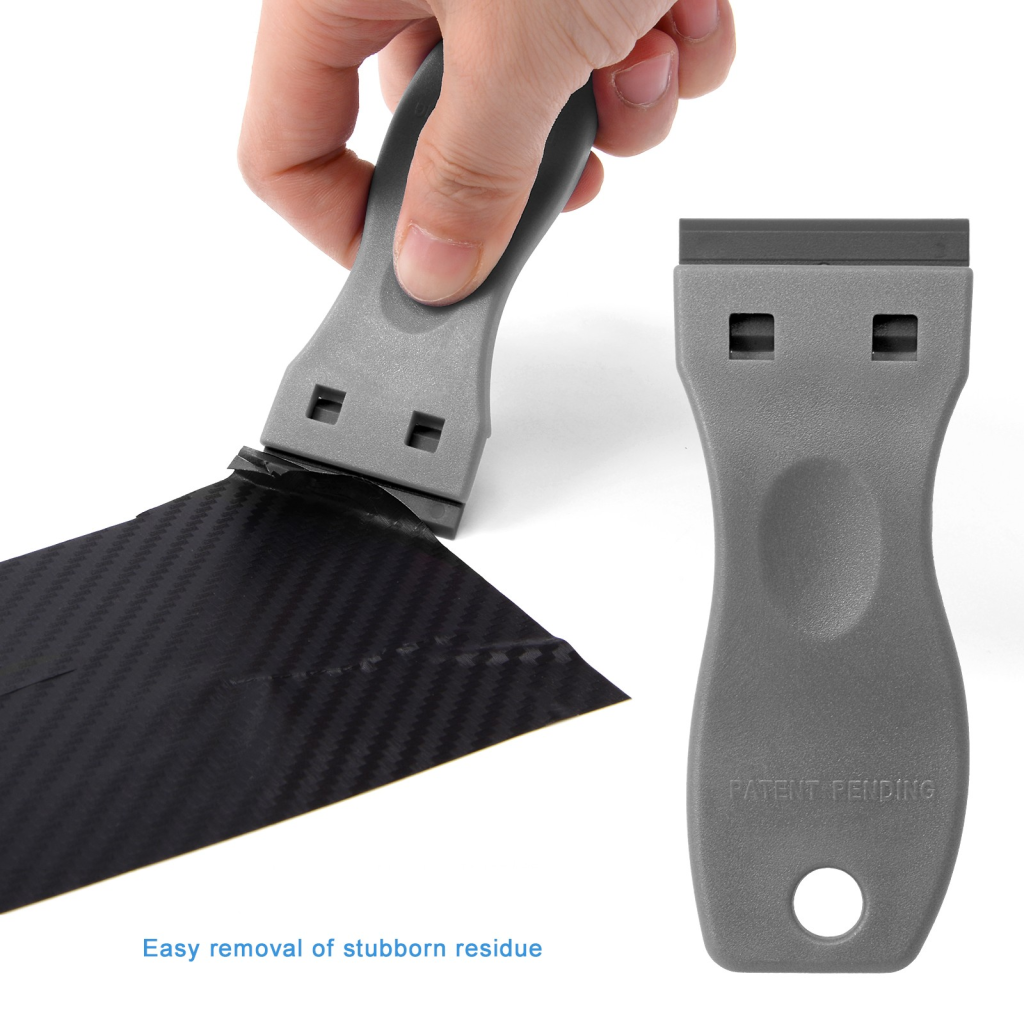
2. Plastic razor blades
- 11.7k+ Reviews / 4.5 Stars
- Perfect for scraping all types of labels and stickers without scratching
- Blade holder with comfortable grip
3. 3M – Specialty Adhesive Remover
- 468+ Reviews / 4.5 Stars
- Helps dissolve reactive specialty adhesives
- Solvent based
4. Microfiber Towels
- 15k Reviews / 4.5 Stars
- Ultra absorbent 300GSM
- Won’t lint, scratch, pill, shed, or bleed
Maxtite Isopropyl Alcohol
- 5k+ Reviews / 5 Stars
- Helps dissolve reactive specialty adhesives
- Technical Grade – Highest Purity & Quality
Step-by-Step: Removing PPF
1. Heat and Peel
- Warm up a corner of the film with a heat gun or hair dryer.
- Once the adhesive softens, gently lift an edge using your fingernail or a plastic razor blade.
- Pull slowly at a 30–45° angle. Pulling straight up increases the chance of tearing.
Pro Tip: Work in small sections. Heating too large of an area will cause the adhesive to re-harden before you peel it.
2. Handling Old, Cracked Film
If the film is brittle or breaking into small pieces:
- Use extra heat to soften it more thoroughly.
- Spray a mix of warm water and isopropyl alcohol under the lifted film to loosen adhesive.
- For stubborn sections, a steam cleaner works wonders—it penetrates both the film and glue.
3. Removing Adhesive Residue
When the film comes off, adhesive often stays behind. This is especially common on film that’s been on the car 7+ years.
Steps:
- Apply an adhesive remover or citrus-based cleaner directly to the residue.
- Let it dwell for a few minutes.
- Wipe with a microfiber towel.
- For stubborn areas, gently scrape with a plastic razor blade.
- Finish with an IPA wipe-down to remove cleaner oils.
4. Final Cleanup
- Wash the car thoroughly after removal.
- If the paint shows signs of ghosting (slight outline where the film was), a light polish will help even out the finish.
- Now the surface is ready for fresh protection—new PPF, ceramic coating, or a good wax.
When to Consider Body-Shop Help
- If the film is extremely brittle and breaking into hundreds of small flakes.
- If adhesive residue covers large areas and you don’t have the tools to manage it.
- If the vehicle has been repainted—old paint can sometimes lift with the film.
Recommended Products for DIY PPF Removal
- Heat Gun: Wagner Heat Gun for controlled heating
- Plastic Razor Blades: Scrapes without scratching
- Adhesive Remover: 3M Adhesive Remover or CarPro TarX
- Steam Cleaner (optional): McCulloch Heavy-Duty Steam Cleaner for large areas
- Polish for Cleanup: Meguiar’s Ultimate Polish to restore clarity
Final Thoughts
Removing PPF isn’t always easy—especially if it’s old, cracked, or peeling. But with heat, the right tools, and patience, DIY detailers can tackle the job safely at home. The key is working slowly, keeping surfaces warm, and not rushing the adhesive removal step. Once finished, your paint will be clean, fresh, and ready for new protection.
Quick Reference
